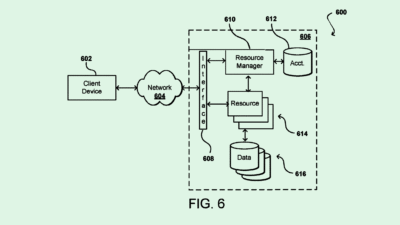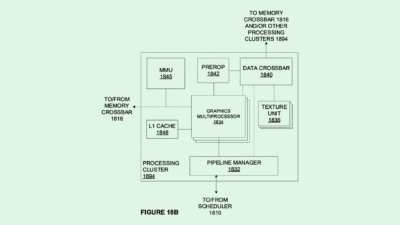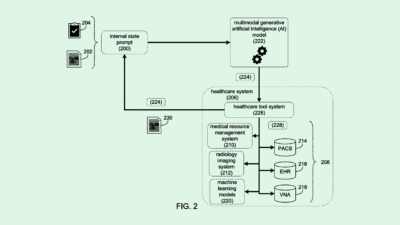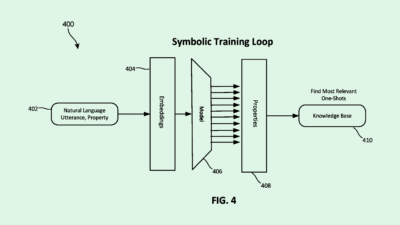Why CIOs and CISOs Struggle to Balance Innovation and Security
The tension between CIOs and CISOs often stems from a misalignment on how decisions should be made.

Sign up to get cutting-edge insights and deep dives into innovation and technology trends impacting CIOs and IT leaders.
As the costs of data breaches continue to rise, CIOs and CISOs can no longer afford to view innovation and security as opposing forces.
IBM’s latest Data Breach report found that companies that extensively integrated security AI and automation in the prevention stages saved an average of $2.22 million in 2024. Preventive cybersecurity demands collaboration between executives and security teams, but CIO-CISO relationships aren’t always easy.
The tension between CIOs and CISOs often stems from a misalignment on how decisions should be made, said Nick Rowe, CEO of identity and access management firm Simeio.
“CIOs typically operate on a ‘possibility-driven’ mindset, constantly exploring new technologies and using a forward-thinking approach — essential for innovation but sometimes overlooking potential risks,” said Rowe.
CISOs, meanwhile, are conditioned to think in terms of “probability-driven” scenarios, constantly evaluating the likelihood and impact of security threats, Rowe said. “The difference in the way CIOs and CISOs approach the same problems, with two different styles of thinking, could contribute to a communication barrier.”
- A recent report from PriceWaterhouseCoopers found significant misalignment between cybersecurity leaders and the rest of the C-Suite: While both groups recognize the importance of measuring risks, less than half do so effectively, and only 15% measure the financial impact of these risks.
- CEOs and CISOs also have different levels of confidence regarding their organization’s cybersecurity and regulatory compliance capabilities, especially when it comes to AI.
Additionally, the role of the CIO is also changing, with many CISOs now reporting to them, rather than to boards and other executives. This makes collaboration and alignment between the two all the more vital.
CIOs and CISOs looking to bolster collaboration and strengthen their relationships can do more than just align priorities – they can integrate security into the fabric of their operations. That might include co-owning risk frameworks and responsibility, embedding security checks into development pipelines, and creating joint performance metrics reflecting shared goals, Rowe said. Such tactics can help ensure that everyone is held accountable for security.
“When CIOs and CISOs align, the benefits are endless and range from simplifying technical audits, enhancing talent retention through cross-training in high-demand areas, showcasing the best of ‘security-by-design’, and elevating cybersecurity in the boardroom and beyond,” said Rowe.











